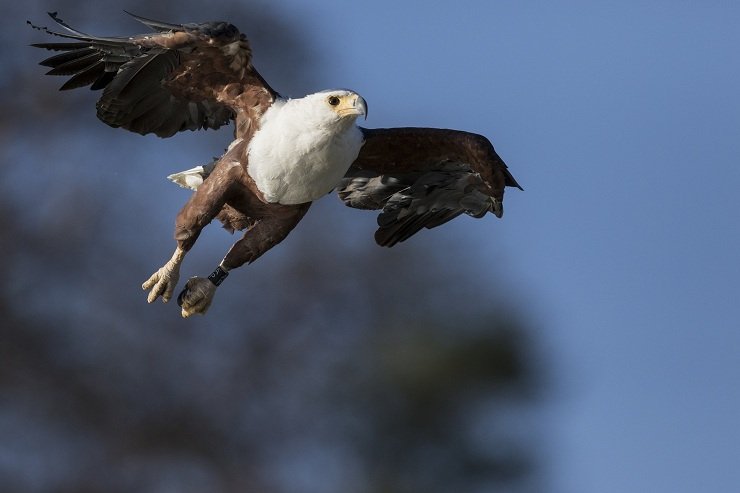
I wrote previously about the prolific birding that is to be had in the small town of Baringo, Kenya. That post dealt specifically with the dry scrub that surrounds Lake Baringo, however. The lake itself is a whole other pot of gold.
At an elevation of 970m, Lake Baringo is a typical freshwater Rift Valley lake with much of the usual suspects. But for a Caribbean birder like myself it was sensory overload. With a surface area approaching half of that of the entire island of Tobago, Lake Baringo had an imposing presence from the beginning. It didn’t help that we arrived at dusk when the shoreline was crowded with Nile Crocodiles.
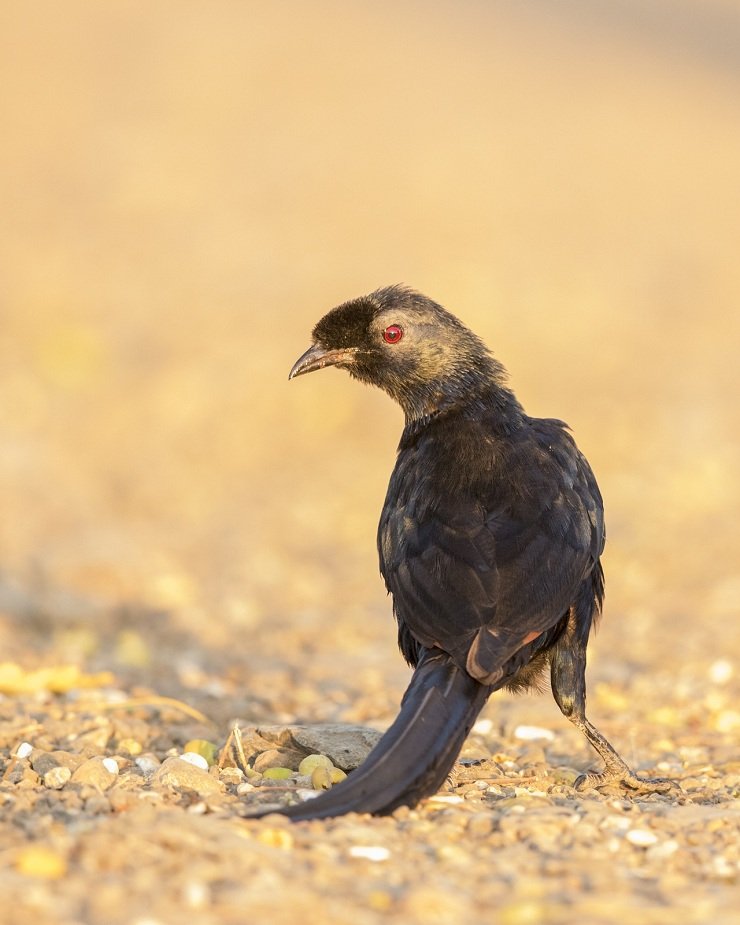
Bristle-crowned Starling
We took our boat at dawn the following day from the same crocodile-infested shoreline – none of them were visible at the time which probably in retrospect painted a much grimmer picture. Before we departed, African Pied Wagtails, Bristle-crowned Starlings and Blue-naped Mousebirds kept us well and truly distracted from anything untoward. Slowly drifting out, the full gamut of herons, cormorants and kingfishers beckoned.
One of my top ten bucket list birds made itself very visible even before the sun broke over the horizon. The lumbering flight of a large heron drew our attention, and even in the dim pre-dawn light its strong chestnut sides were most apparent. Excitedly we observed as our first Goliath Heron perched on a dilapidated structure claimed by the lake a short distance away. Naturally, we made a beeline towards this giant.
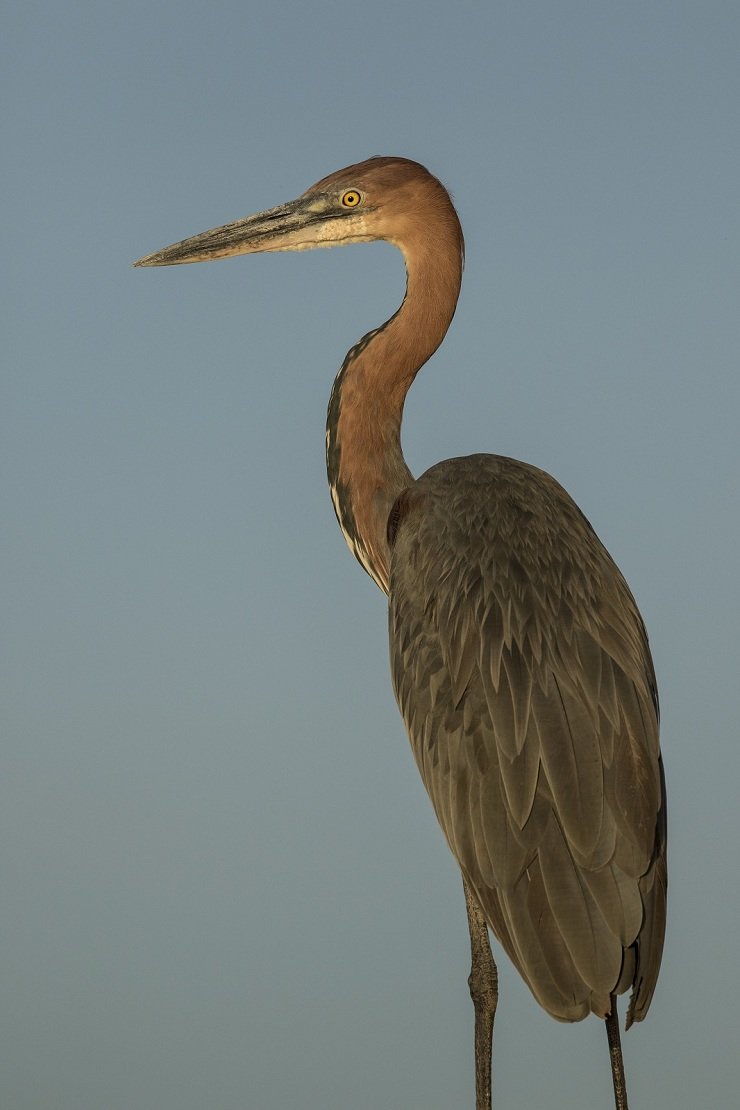
Goliath Heron
It was difficult to maintain concentration, as we were surrounded by more than a few Long-tailed Cormorants, Grey Herons and Pied Kingfishers. Ubiquitous Egyptian Geese dabbled in the shallows while a diminutive Squacco Heron stood motionless in some tangled vegetation over the water.
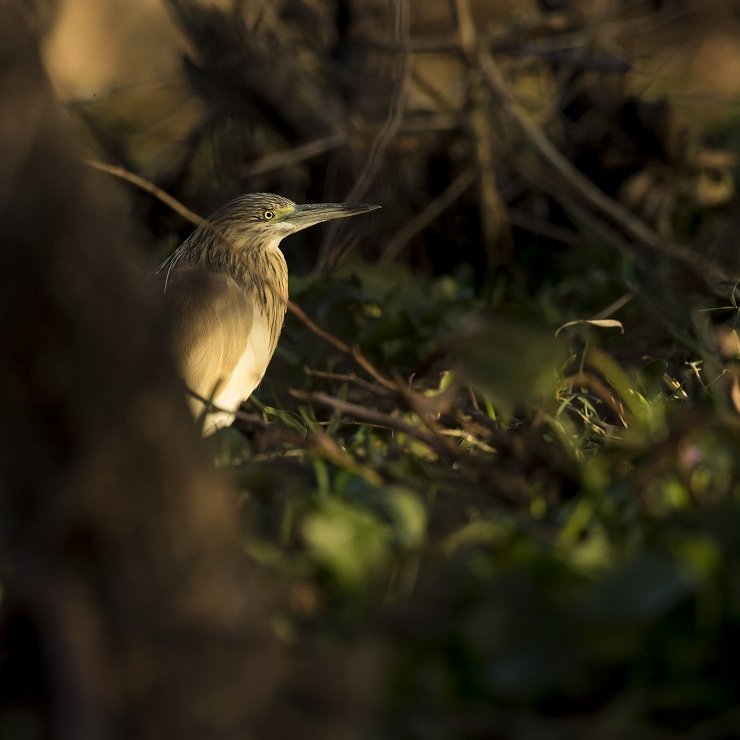
Squacco Heron
Drifting slower and looking closer, we observed a tiny Malachite Kingfisher hunting in the sheltered shallows. This tiny kingfisher thoroughly excited everyone on board. A familiar Striated Heron elicited the opposite reaction altogether as they are the default small heron here in Trinidad.
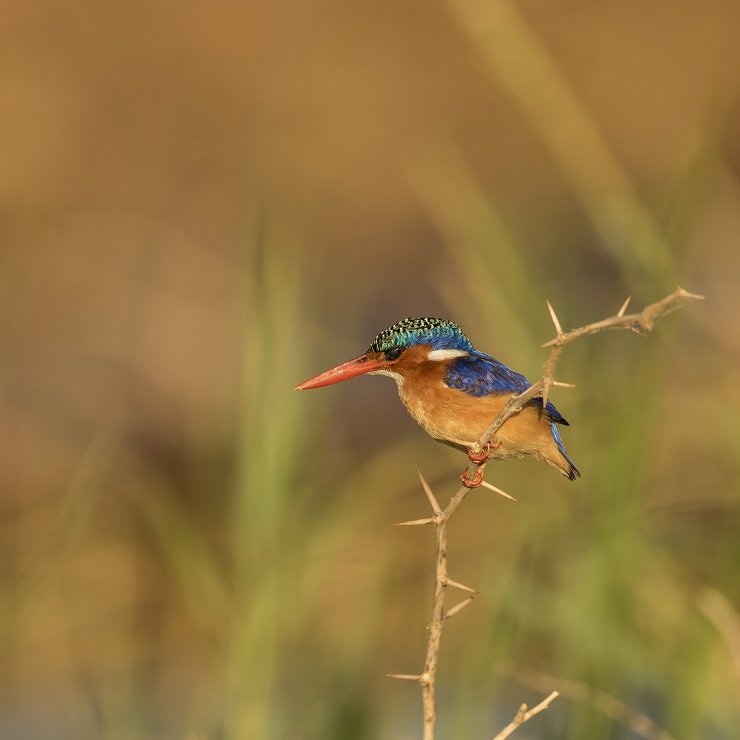
Malachite Kingfisher
The avian action was not limited to the water, however. A tame Blue-cheeked Bee-eater posed well for photographs, capitalizing on the booming insect life on the lake. The now familiar sound of a pair of African Fish-Eagles dominated the soundscape. No matter how many times we saw these majestic raptors it simply was never enough. Their level of precision for such a large bird was astounding. We had several close views as the raptors would pick up discarded fish from the many fishing boats, a relationship our guides capitalized upon.
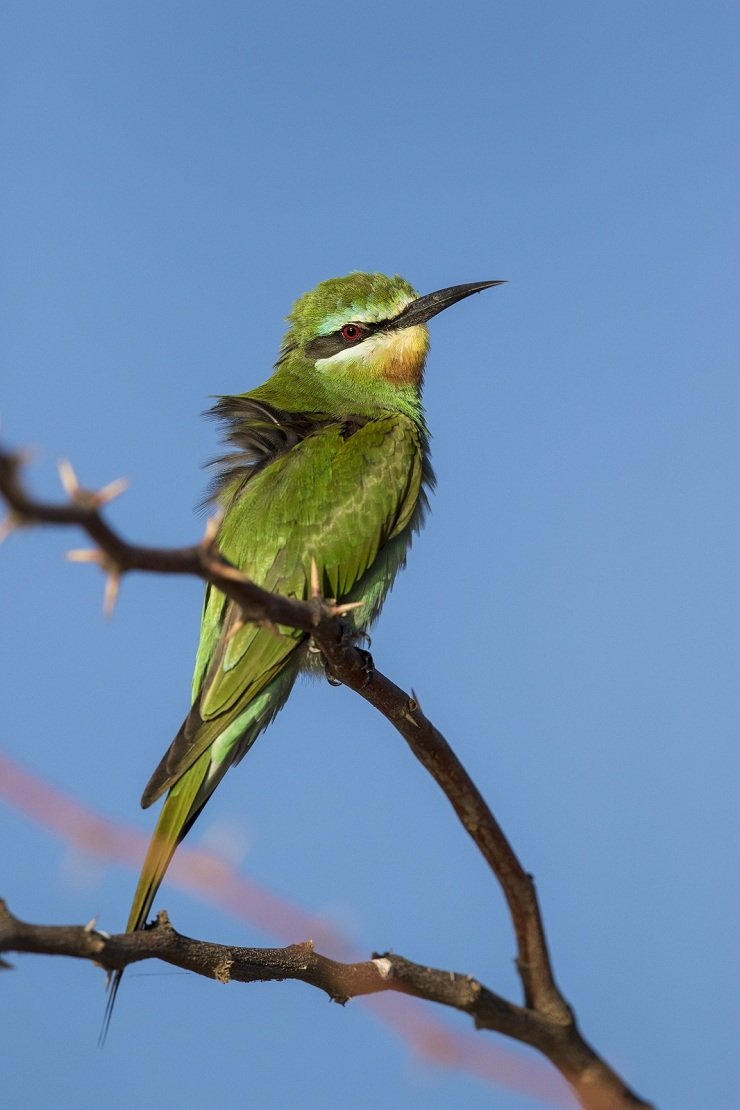
Blue-cheeked Bee-eater (above), African Fish-Eagle (below)

Gradually, we drifted further out as the sun climbed higher. In the shade of a small island in the middle of the lake, Pied Kingfishers bludgeoned their prey on their scale-covered preferred perch. A Common Sandpiper observed us observing it, probably aware that my mind was screaming “Spotted Sandpiper” at me. It was even pumping its tail, much like the New World species I am accustomed to.
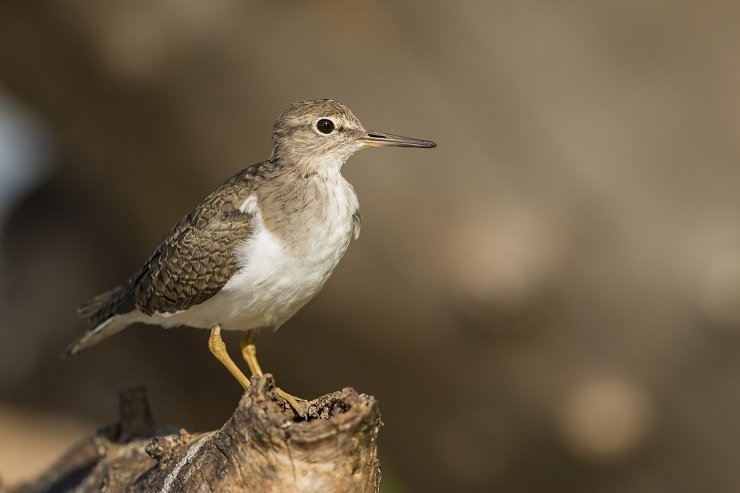
Common Sandpiper
Before we returned to land, we made a detour in some tall reeds to pursue a pair of Northern Carmine Bee-eaters. Expertly, our boat captain guided us through the maze of vegetation via pathways that could not possibly have been man-made. Eventually we arrived at a dead-end pool that afforded us some slightly less distant views of the rosy-hued bee-eaters. There was an air of nervousness when we got to this spot, and it was not without reason. Within a couple minutes of our presence, a hippopotamus surfaced and voiced its dissent – a warning we swiftly heeded.
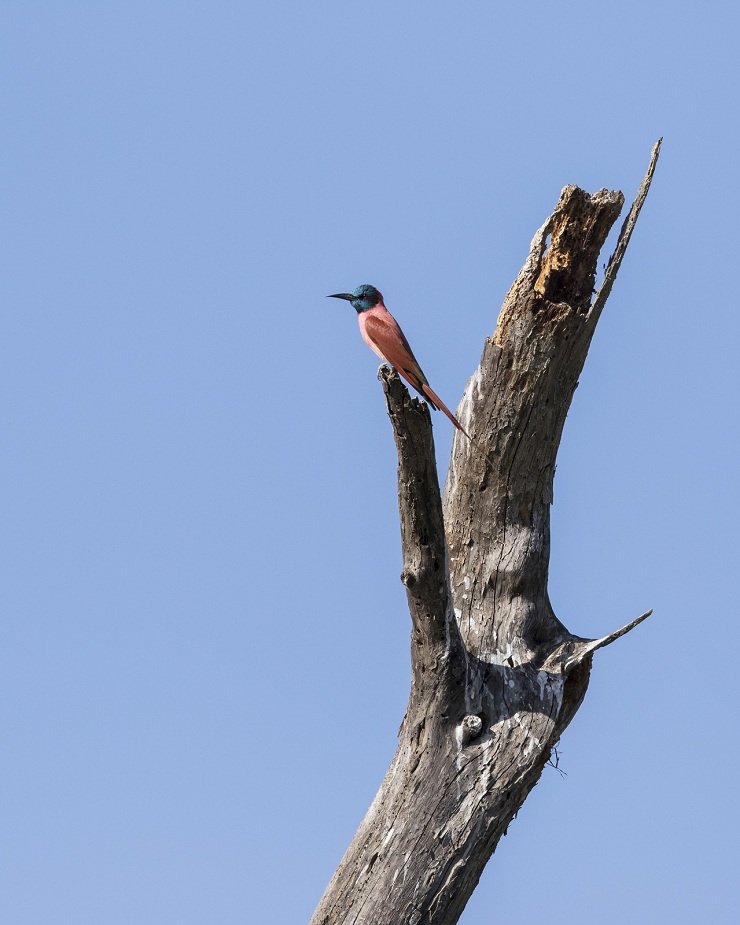
Northern Carmine Bee-eater
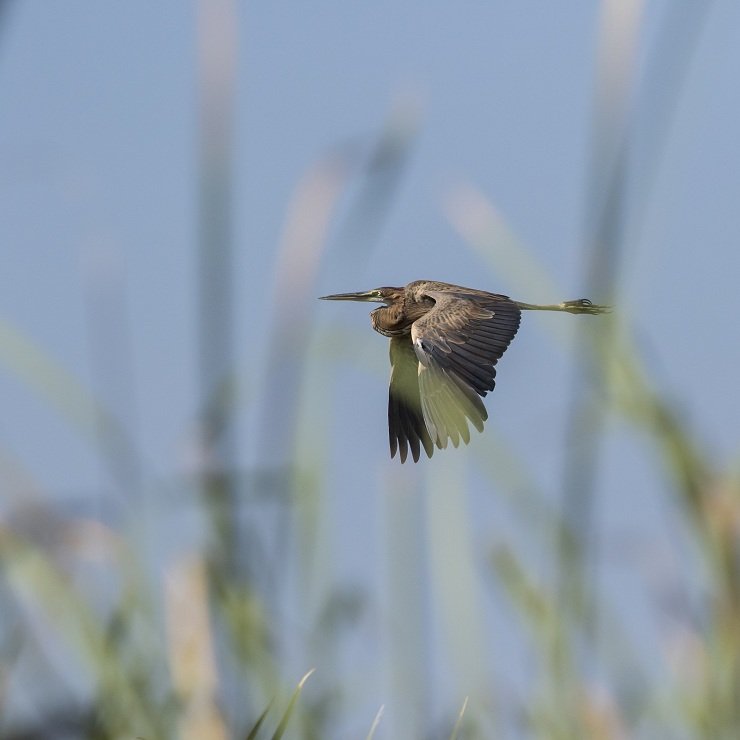
As we made our way through the reeds we snagged a fleeting glimpse of the final heron on the must-have list, a gorgeous Purple Heron.
Back on solid ground and thankful for our free pass courtesy the world’s deadliest land mammal, we counted our blessings but were not afforded any time to rest as a pair of locally rare and most obliging Hemprich’s Hornbills made a brief appearance. No-one complained.
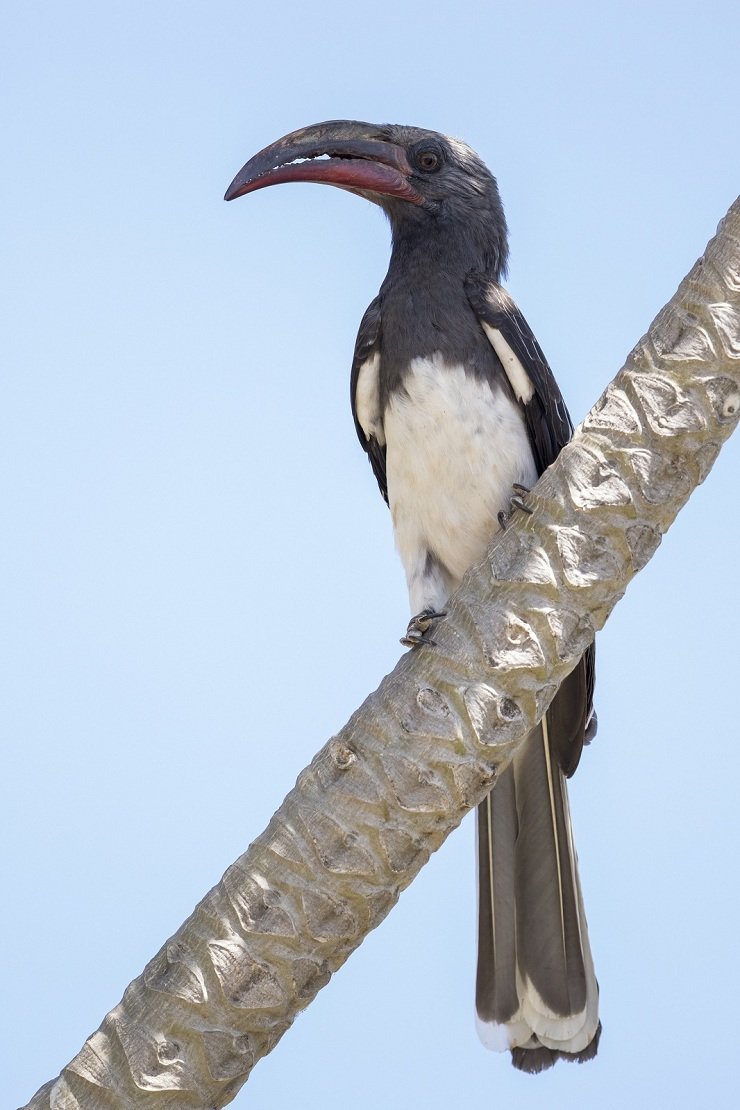
Hemprich’s Hornbill













Sounds like a marvelous day on the water and then on the land.
It definitely was one of the best birding days I ever experienced!